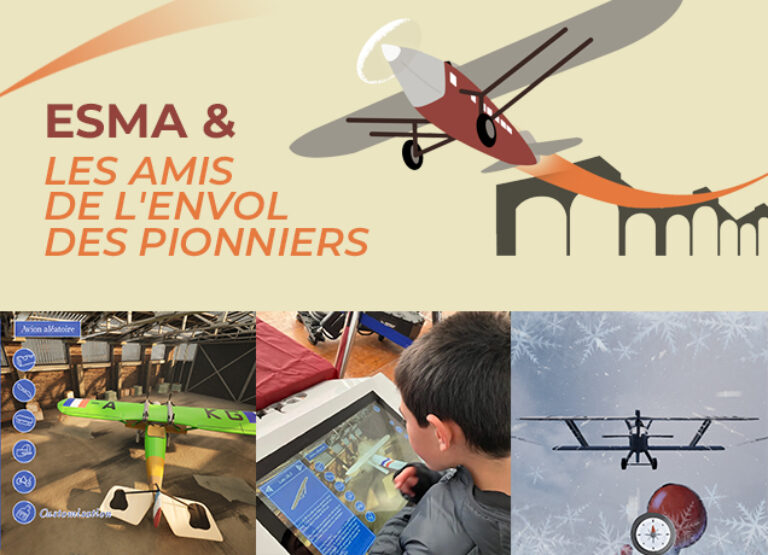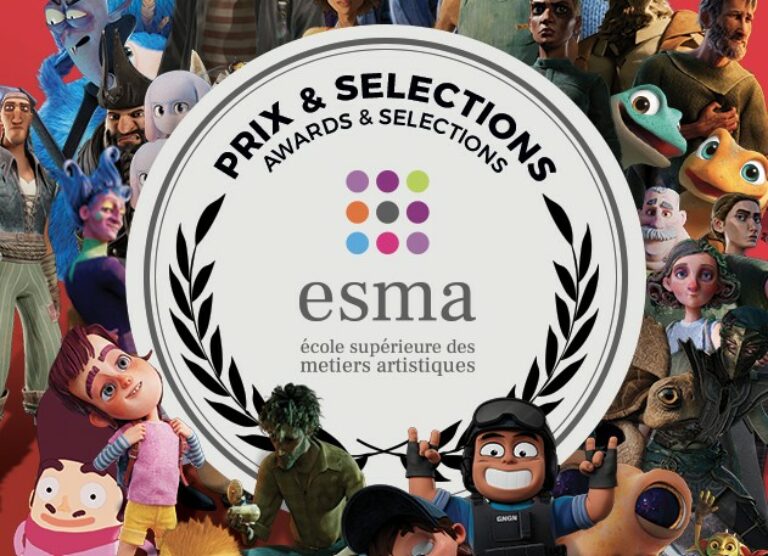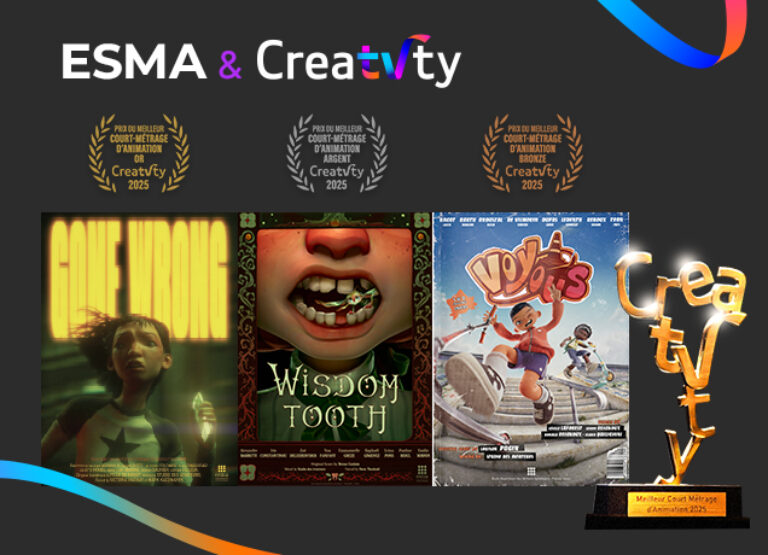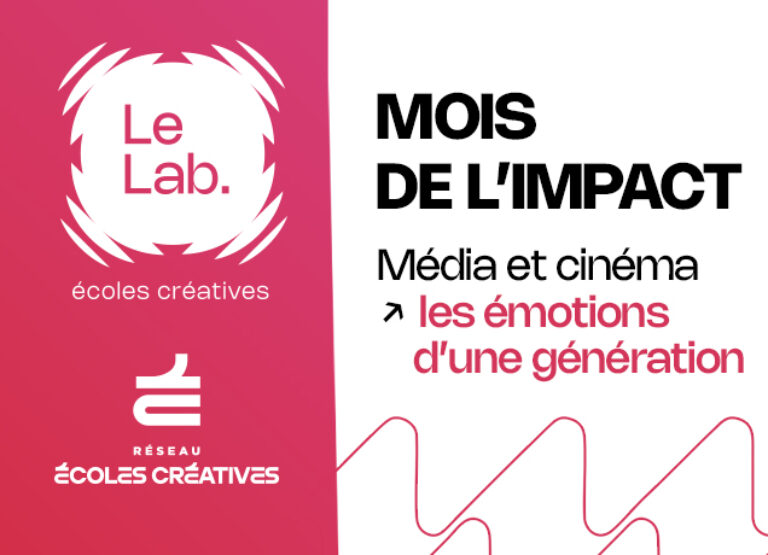
- Published 06.10.2025
- type Thematic news items
- Training 3D Animation & FX
Summarize with:
Faced with the sheer number of tools available to anyone wanting to get started in 3D animation or modelling, it's easy to feel overwhelmed. All the more so as these programmes, with their specific features and varying prices, are used by a huge number of studios, and can be both beneficial and disabling depending on your needs. How do you understand them, how do you choose them, and what kind of investment do they represent? Here's a look at the best 3D animation and modelling software, and our recommendations for getting started.
1. Blender
Created over twenty years ago in the Netherlands, Blender is an open-source 3D modelling and animation software package that is free to use and offers a wide range of possibilities. It has become an essential part of the video game and animation industry.
3D sculpting, rigging, texture work and the physical simulation of fluids, particles and effects are just some of the key elements that make Blender an ideal tool for those wishing to familiarise themselves with these techniques.
Powered by a very dynamic community, the software also benefits from a large number of tutorials, plugins and assets that breathe creativity and dynamism into this tool.
If you want to go even further, Blender also offers a paid subscription to Blender Studio, which includes a large library of assets and additional production resources.
However, the strength of Blender’s open-source model can also represent a weakness when compared with other commercial software such as Maya, which is updated more regularly and is sometimes more widely used by major studios.
However, the recent success of the Oscar-winning European animated feature Flow, made with Blender, is likely to make a major contribution to the popularity of this software, which is becoming increasingly popular with studios and has been supported since the end of 2019 by Epic Games and NVidia.
2. Autodesk Maya
Maya, the first version of which was marketed in 1998, is the direct heir to the software that made Hollywood famous with Jurassic Park and Terminator 2. Today, this 3D modelling and animation programme remains one of the industry standards, used in many studios around the world. Maya is used in many sectors, including film, video games, advertising and television. In France, Illumination uses Maya for its big-budget productions, while Disney has used Maya to animate global hits such as The Snow Queen. Blockbusters such as the House of the Dragon series and the film Wicked have also benefited directly from Maya and its many features.
These include the creation of props, characters and 3D environments, as well as animation and simulations (using the Bifrost tool). Connected to a large number of resources and dedicated tools (LookdevX for materials design, for example) and connected in real time to an integrated rendering engine, Maya is a very complete solution which, thanks to its pay model and its integration into the Autodesk structure, benefits from constant updates and highly developed customer support. It’s a formidable tool for anyone looking for the latest modelling innovations.
The problem is that the cost of Maya is still very high (almost €300/month, slightly less for an annual subscription), making it a tool for the fussiest of wallets. And while the software is packed with features, it is also more complex to get to grips with, which is likely to put off the less patient.
3. Cinema 4D
Developed by the German company Maxon and launched in the early 1990s, Cinema 4D is a 3D creation, animation and modelling software package that stands out from its competitors thanks to its easy-to-understand and intuitive interface, enabling users to quickly familiarise themselves with the tool and its functions. What’s more, it is now part of the wider Maxon One ecosystem, which also includes a rendering engine (Redshift), an editing and motion design tool (Red Giant), a highly effective digital sculpting and painting tool (ZBrush, which we’ll come to later) and a mobile modelling tool (Forger), making Cinema 4D an attractive choice.
The downside of this tool – as with Maya – is its high cost, even if it is lower. It costs around €70/month, or €120/month for the Maxon One suite. Despite this lower cost, Cinema 4D is also a tool less favoured by the major studios, often to the detriment of Maya or 3ds Max, and its teaching in schools remains fairly marginal.
Cinema 4D has nonetheless enabled a number of productions to make a name for themselves, notably through iconic credits such as the one for the series The Man in the High Castle.
4. 3ds Max
Also published by Autodesk, 3ds Max is comparable to Maya in terms of quality and efficiency, making it one of the must-have tools in the video game sector and beyond. Its 3D modelling capabilities are unrivalled, enabling even the most experienced users – even if it is reputed to be a little easier to learn than Maya – to create complete worlds and bring them to life. Workflows are fluid, thanks to intuitive spline management tools, multiple modern animation controllers and advanced options for character animation and fluid management.
Like Maya, 3ds Max is part of the Autodesk galaxy and benefits from just as many integrated tools. Productions made with 3ds Max include the car racing simulator Forza Horizon 5 and the action/RPG hit Steelrising, whose animation and rigs were created using this software. World-renowned studios such as FromSoftware work with this tool on a daily basis,
In terms of cost, 3ds Max is available at the same price as Maya, i.e. €285/month for a monthly subscription, and slightly less for an annual subscription. A price that may prove prohibitive for some, and is the main drawback of this otherwise comprehensive tool.
From a professional point of view, training in 3ds Max – as in Maya – can also be done through a course at an animation school, as these two programs are among the most widely taught. This is an advantage, given that they can be very complicated to learn on your own.
5. Houdini
Also born in the 1990s and created by the Canadian company SideFX, Houdini is a tool with a competitive advantage when it comes to procedural generation, a major asset for many animation and video game studios. It is used by Pixar, DreamWorks, Sony Pictures Imageworks, Disney and ILM.
It is a highly comprehensive tool, enabling both modelling and animation, as well as lighting and compositing functions and a powerful rendering engine (Mantra), with – in some versions – the possibility of connecting external rendering engines.
Houdini is also unique in that it requires a good command of the Python scripting language to implement its unique procedural model.
This can be a daunting prospect, but it can also be learned through a free version (Houdini Apprentice) for non-commercial projects. Houdini also offers a number of different pricing packages (Education, Indie, Studios), ranging from $250 to over $7,000 for the purchase or rental of the software, depending on usage and the type of licence required.
The Japanese team at Shirogumi Inc, the studio behind the Oscar-winning film Godzilla Minus One, used Houdini to bring this impressive universe to life, requiring a host of 3D special effects.
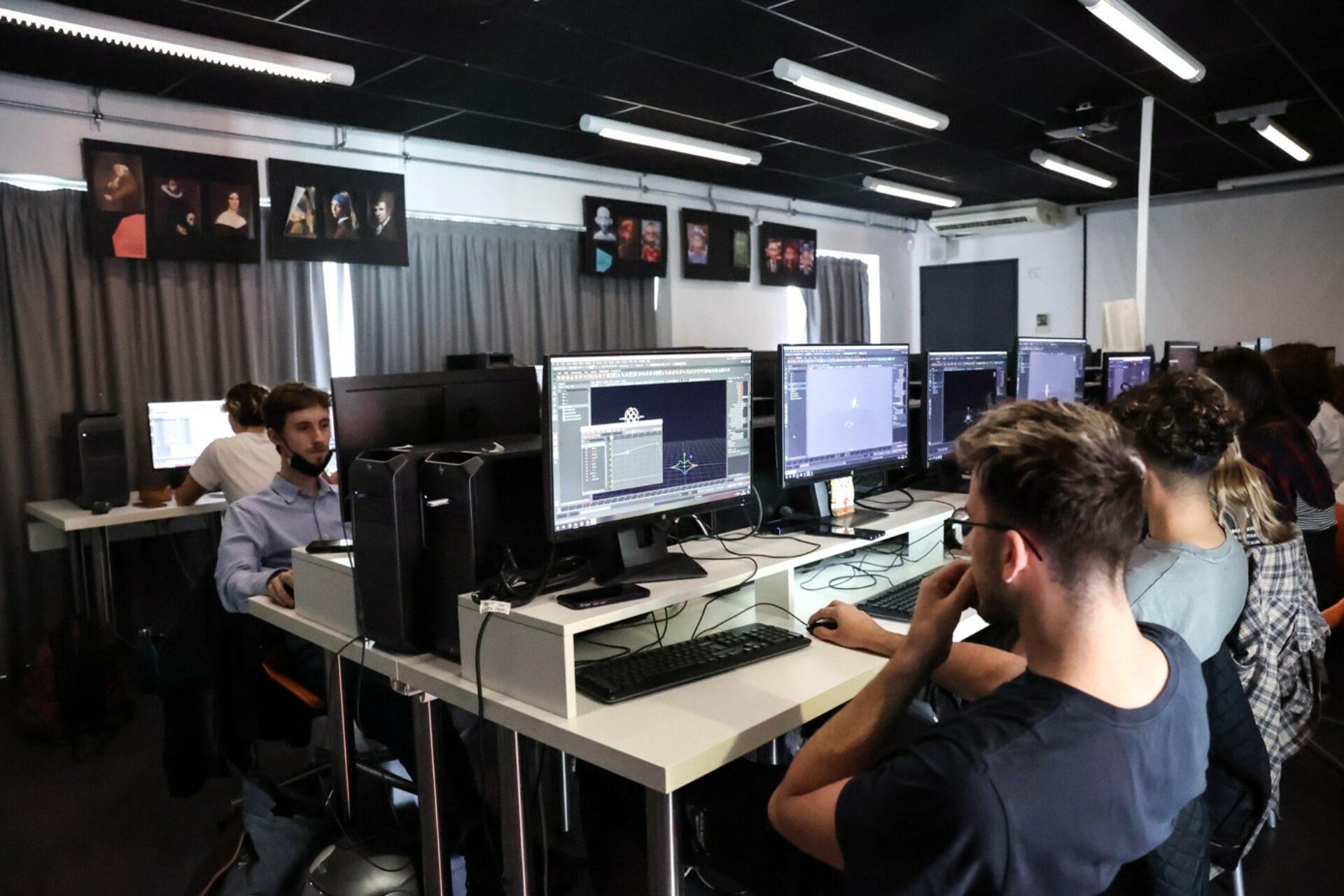
6. Daz3D
Less well known than its competitors, Daz3D is an American company that has been offering a range of 3D modeling and animation software since the 2000s. The Daz ecosystem includes numerous tools for creating characters, environments, and textures quickly and smoothly, one of the strengths of this free software.
Daz stands out from its competitors by highlighting its smooth and easy-to-use interface and its large library of 3D resources, which also allows you to connect and integrate your own library from other software such as those mentioned above, as well as Unity and Unreal Engine. All of this provides opportunities to optimize workflows.
However, please note that a good configuration (the Daz 3D rendering engine, IRay, is optimized for NVidia cards) is necessary to obtain photorealistic renderings. Furthermore, although the software is free, the content available on the Daz Store is extensive and tempting, so the bill can quickly add up.
7. ZBrush
Part of the Maxon suite, ZBrush stands out as a cutting-edge digital sculpting/painting tool for creating unique characters and models of impressive quality. With its fluid interface and iPad compatibility, the app has established itself as a must-have tool on the market, winning numerous international awards, including an Oscar.
ZBrush has also been used on productions such as Avatar, The Lord of the Rings, The Avengers, and in AAA video games such as Horizon: Zero Dawn and God of War.
As sculpting software, ZBrush is very competitive, but requires a considerable investment of time to master in its entirety. In addition, it is expensive (at least $500 per year), which can be a barrier for novice artists. Finally, ZBrush is best used as a complement to animation software, as its features in this area are not widely used by professionals.
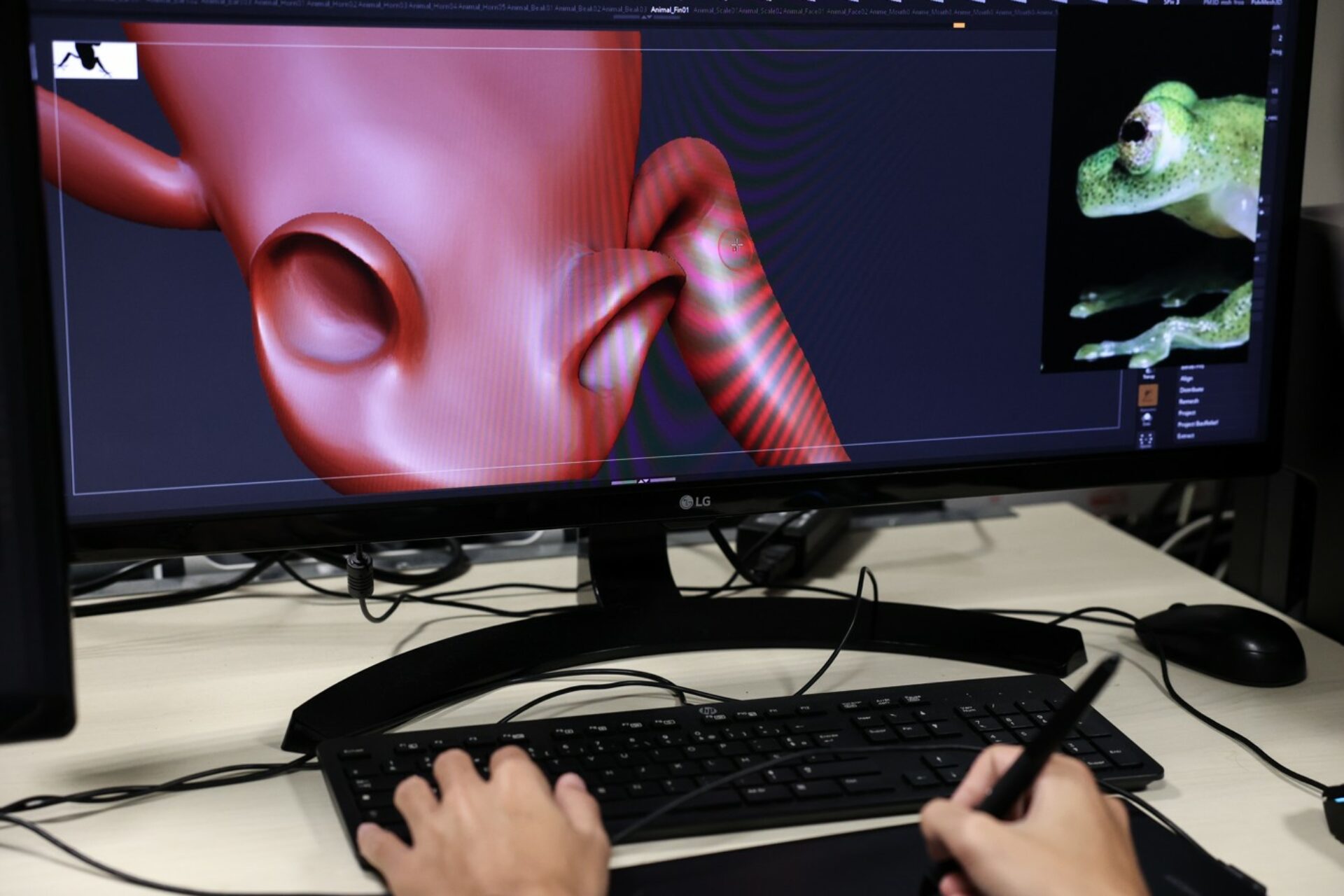
What’s the best free 3D animation software?
Today, Blender is increasingly establishing itself as the best free 3D animation software in the world. Its flexibility and wide range of features mean it can rival Maya or 3ds Max, and its open-source model is very attractive to independent artists and low-budget productions.
At the same time, Houdini Apprentice is an interesting option for those who want to learn cutting-edge software without spending a penny.
What’s the best free 3D modelling software?
Once again, Blender is a very good choice when it comes to free 3D modelling software. Daz 3D is just as good, however, offering a wide range of options and seamless interconnection with many other programs.
What’s the best software for beginners in 3D animation?
It all depends on what you want to achieve. If you want to find a place for yourself in the animated film or video game industry, it’s in your interests to invest time and/or money in the software most widely used in the profession, such as Maya or 3ds Max, but it’s entirely possible to prove yourself and get a job by learning Blender on your own. That said, developing your software skills by taking a course in 3D animation is the most logical route. You’ll then be able to familiarise yourself fully with these programmes, which will soon hold no secrets for you.

